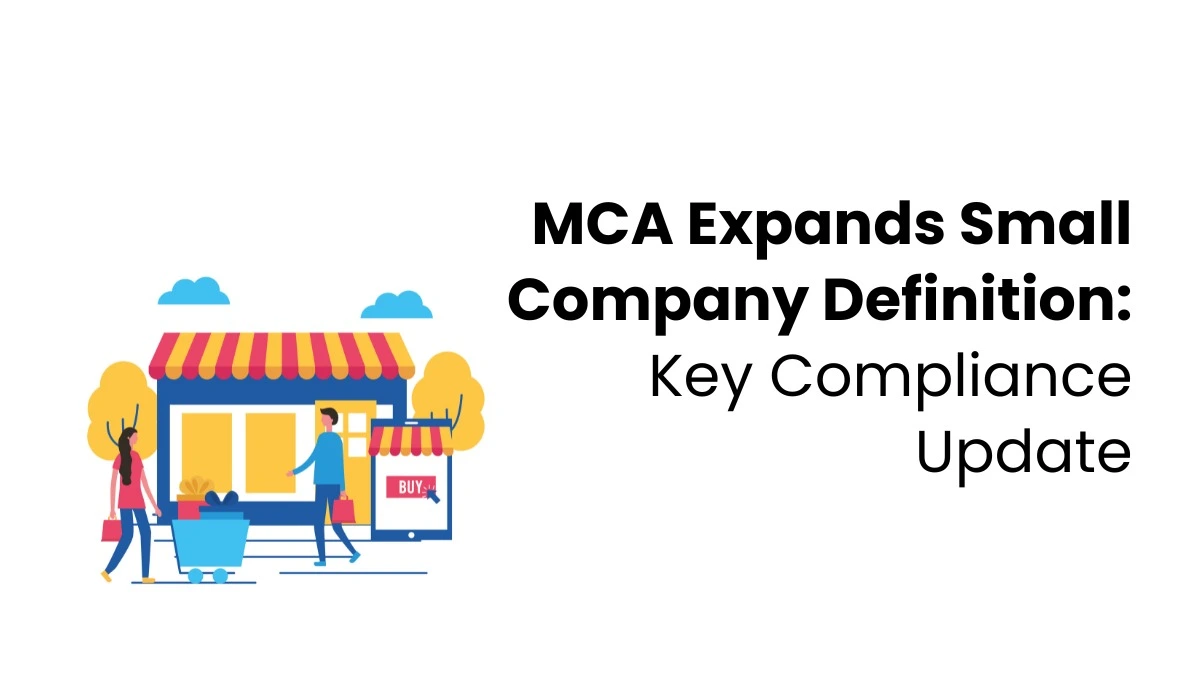In every business, some profit is set aside to meet future requirements. This amount is not used to pay dividends to shareholders. Such a type of fund can be termed a Reserve. Reserves are essential concepts in accounting and financial management. Keeping Reserves is very important in case of a future financial emergency. There are commonly two types of reserves. They are the Capital Reserve and Revenue Reserve. In this blog, we will discuss the difference between Capital Reserve And Revenue Reserve in more detail.
What Is Capital Reserve?
Capital Reserve is a fund that is produced from a company’s capital earnings. These funds are accumulated through various activities, such as selling fixed assets and issuing shares above their face value. The main purpose of this reserve is to prepare for any emergency fund requirement in the future. The main agenda is not to depend on further debts in an emergency. These funds are either held in bank accounts or invested in high liquidity securities.
For Example, if a company sells a property and gets some funds. This fund is the company’s own money, and it is not to be distributed to its shareholders. This fund can be considered a capital reserve and used for expansion or long-term company needs.
What Is Revenue Reserve?
Revenue Reserve is the funds a company sets aside from its operational profits. These reserves can be used for investment requirements, expansion needs, and other purposes. This also helps in reinvesting in the company itself. This type of reserve aids in the financial stability and long-term growth of the company. This reserve will also help reduce the company’s reliance on external funds to meet its economic needs.
For Example, if a company sets aside a portion of its profit, that fund is a revenue reserve. This revenue reserve can be used to extend its production line. Since such a reserve is kept aside, they didn’t face any funding requirements and didn’t incur any debts. This reserve also ensures proper payment of dividends during lean periods. This reserve will enhance the company’s overall financial stability.
Types of Capital Reserve
Capital reserves have different types. They are mentioned below:
- Share Premium Reserve: In this reserve, companies store the excess amount they receive when they sell their shares above their nominal value.
- Capital Redemption Reserve: This reserve is used when a company buys back its shares. This reserve represents the difference between the price at which the company repurchases its shares and the nominal value of those shares.
- Capital Reserve: This reserve contains the profit the companies earned from selling a property or other assets that can be used for long-term benefits.
- Revaluation Reserve: This reserve stores the extra value charged by companies on their assets in their books.
- Foreign Currency Translation Reserve: This reserve is used for accounting for the change in the company’s foreign assets and liabilities due to currency exchange value changes
- Mergers and Acquisitions Reserve: This Reserve is created when a company is involved in mergers or acquisitions to record differences between the purchase price and the fair value of the assets and liabilities acquired.
Every company may not have all these reserves — it depends on its particular business type and legal rules. These types of reserves are taught in various accounting courses online.
Types of Revenue Reserve
Some types of revenue reserve are given below:
- General Reserve: This reserve holds funds for general purposes, such as future expansion or unexpected business losses.
- Statutory Reserve: The Law requires that firms like banks or insurance companies must keep this reserve.
- Dividend Equalization Reserve: This reserve ensures that shareholders receive a consistent dividend, even when profits are high or low.
- Specific Reserve: Money saved for buying new machines or similar things is recorded in this reserve.
- Sinking Fund: This reserve contains money that is due to be paid for repaying loans and bonds.
Every company may not have all these reserves — it depends on its business type and legal rules.
Features Of Capital Reserve and Revenue Reserve
- In the Capital Reserve, funds are derived from asset sales, share premiums, and capital subsidies. In contrast, in the revenue reserve, funds are set aside from operational profits, which means it is the company’s regular earnings.
- Capital Reserve cannot be distributed as a dividend, while revenue reserve can be distributed as a dividend in times of need.
- Capital Reserves are primarily allocated to fund expansion and acquisitions, whereas the revenue reserve can be used to support overall business growth.
- Capital Reserve will enhance the company’s financial stability, while Revenue Reserve will ensure economic security and help cover unforeseen expenses.
- Capital Reserve is not legally required however certain specific reserves that fall under capital reserves can be legally required

Advantages and Disadvantages of Capital Reserve
The advantages and disadvantages of capital reserve are listed in the table below:
| Advantages of Capital Reserve | Disadvantages of Capital Reserve |
| Supports strategic investments like expansion or asset purchase. | It cannot be used to pay dividends to shareholders. |
| Absorbs capital losses and provides financial safety. | Limited only to capital-related uses. |
| Improves creditworthiness with investors and lenders. | It may lead to poor fund use if not planned well. |
| Ensures legal and regulatory compliance. | Has legal restrictions on usage and disclosure. |
Advantages and Disadvantages of Revenue Reserve
The advantages and disadvantages of revenue reserve are listed in the table below:
| Advantages of Revenue Reserve | Disadvantages of Revenue Reserve |
| Ensures financial stability and supports future needs. | May reduce funds for immediate investments. |
| Supports business growth and expansion. | Leads to lower dividend payouts. |
| Enhances liquidity for daily operations. | Risk of poor fund management. |
| Builds investor trust and confidence. | May face legal or tax issues. |
Difference Between Capital Reserve and Revenue Reserve
The difference between these two reserves is shown as tabular data below:
| Capital Reserve | Revenue Reserve |
| Made from one-time profits like selling an asset or issuing shares. | Made from the company’s regular business profits. |
| Used for buying assets, expansion, or covering capital losses. | Used for running the business, growth, or future needs. |
| Cannot be given as dividends. | Can be given to shareholders as dividends. |
| Can be used only for specific capital purposes. | Can be used for any business purpose. |
| Sometimes required by law or rules. | Not compulsory, but it shows good financial planning. |
| Does not affect daily cash flow. | Helps improve cash flow and working capital. |
| Example: Profit from asset sale kept for future use. | Example: Profit saved for business expansion. |
| Less flexible due to legal limits. | More flexible and easier to use. |
| Shown under reserves and surplus in the balance sheet. | Shown under retained earnings in the balance sheet. |
| Protects against capital losses like asset value drop. | Protects the business from normal losses. |
Conclusion
In this blog, we have discussed in detail capital reserves, revenue reserves, their different types, and the difference between capital reserve and revenue reserve. Understanding these two reserves is very important for knowing the financial strategy you need to use in real life. By reviewing every reserve, you will get a clear idea of these foundational accounting concepts. If you want to know more about these reserves, join any accounting courses in Kerala. Once you have gained knowledge about these concepts, it will not be hard to find an accountant job vacancy in Kerala.
FAQs
- What is a Capital Reserve?
A Capital Reserve is money companies get from profits made through non-regular activities like selling a property or issuing shares at a premium.
2. What is a Revenue Reserve?
A Revenue Reserve is money saved from normal business profits, like selling goods or services.
3. Why do companies create reserves?
To keep some money for future needs, losses, or business growth, instead of distributing all profits as dividends.
4. Can Capital Reserve be used to pay dividends?
No, it can only be used for specific purposes, such as writing off capital losses or issuing bonus shares.
5. Can Revenue Reserve be used to pay dividends?
Yes, it can be used to pay dividends to shareholders or meet future expenses
6. Give one feature of the capital reserve and the Revenue reserve.
Capital Reserve will not be distributed as a dividend, while the revenue reserve will be distributed as a dividend in times of need.










